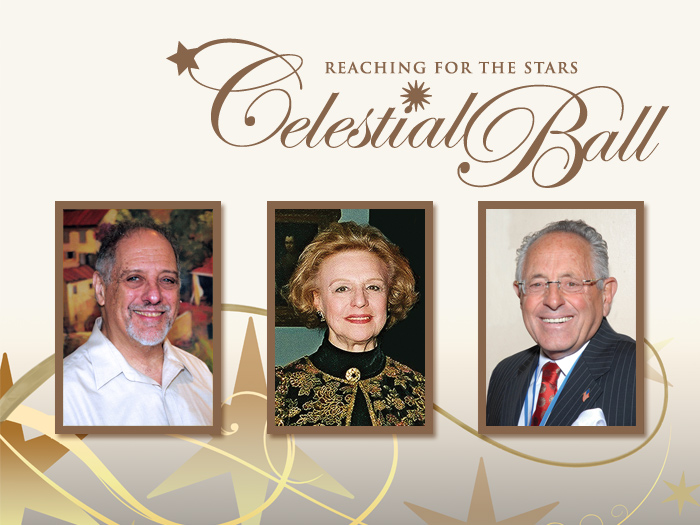For zoologist Dr. Frank T. Burbrink, the dark legacy of September 11, 2001 was more than the global tragedy of the collapse of New York City’s World Trade Center.
It was also the day that his good friend and mentor, Dr. Joseph Slowinski, the curator at the California Academy of Sciences in San Francisco, was bitten by a krait — a pencil-thin serpent as deadly as a cobra — on an expedition in Myanmar, formerly know as Burma. Slowinski died the next day.
The 38-year-old Slowinski, a renowned herpetologist, discovered at least 18 new species of reptiles and amphibians in his abbreviated career. Slowinski’s last days in the Himalayan Mountains will now be remembered as the namesake of Burbrink’s most recent discovery — America’s newest snake.
Slowinski’s Corn snakeBurbrink’s snake was recently documented by the journal Molecular Phylogenetics and Evolution, after review by fellow scientists. Burbrink named the newly classified species of snake “Slowinski’s Corn snake,” or “Elaphe slowinskii” in Latin, and the U.S., which had 140 known snake species, now has 141.
Slowinski’s Corn snakes are found in the pine forests of western Louisiana and eastern Texas, where Burbrink did part of his postdoctoral fieldwork at Louisiana State University with Dr. Slowinski. Together they handled thousands of snakes and were bitten countless times.
Burbrink’s species of corn snake was not hiding in those southern pines; it was simply thought to be the same as other corn snakes — until now. Burbrink recognized slight external differences in the corn snake specimens, and began examining them genetically for differences among the DNA sequences in all of the corn snakes. It was by using these DNA sequences that Burbrink determined that Slowinski’s Corn snake was actually a distinct species.
“The methodology and resources available to scientists today facilitate the classification of new species,” says Burbrink, “and we may be seeing many more species being classified in the United States.” Burbrink sums up his work and that of fellow scientists by noting that, “if humankind was satisfied with fire, we would never have the light bulb.”
But the life of a scientist isn’t all laboratories, classrooms, and the tracking of evolutionary lineages. Burbrink and the requisite equipment of a field researcher have faced more than their share of run-ins with small-town southern sheriffs, Canadian border patrols, and airport security personnel.
And examining the evolutionary relationships of vertebrates is just one passion for Burbrink; he is also an American music enthusiast with over 8,000 records in his collection. While in Louisiana and Mississippi, Burbrink not only befriended the locals, he identified a new species of snake and discovered many rare and one-of-a-kind 78 rpm records. The most contemporary album in his collection dates to 1965.
As a zoologist, Burbrink is bringing his unique perspective and life experiences to a book he is writing which is tentatively titled The Evolution of American Music, where he investigates the evolution of this uniquely American art form, tracking its growth through the years, and its influence throughout the world.
Burbrink, age 32, whose specialty is snakes and their evolution, is a biology professor at The City University of New York’s College of Staten Island. He earned a BS and an MS in Biology at the University of Illinois at Champaign-Urbana and a PhD in Zoology at Louisiana State University.
Burbrink’s research involves molecular phylogenetics and the evolution of vertebrates. Burbrink will be introducing a Vertebrate Zoology course at CSI, which will examine the evolution and DNA sequence variation of several reptiles and amphibians on Staten Island, a borough of New York City.
Burbrink has been featured in The New York Times, Science magazine, the Staten Island Advance, plus many other newspaper articles and scientific journals. He has also appeared or been mentioned on the BBC and the National Geographic channel.
Contact Ken Bach at 718-982-2328, Director of Public Relations for The City University of New York’s College of Staten Island, for more information and to schedule an interview with Dr. Frank T. Burbrink. Color photography and field video available.
















